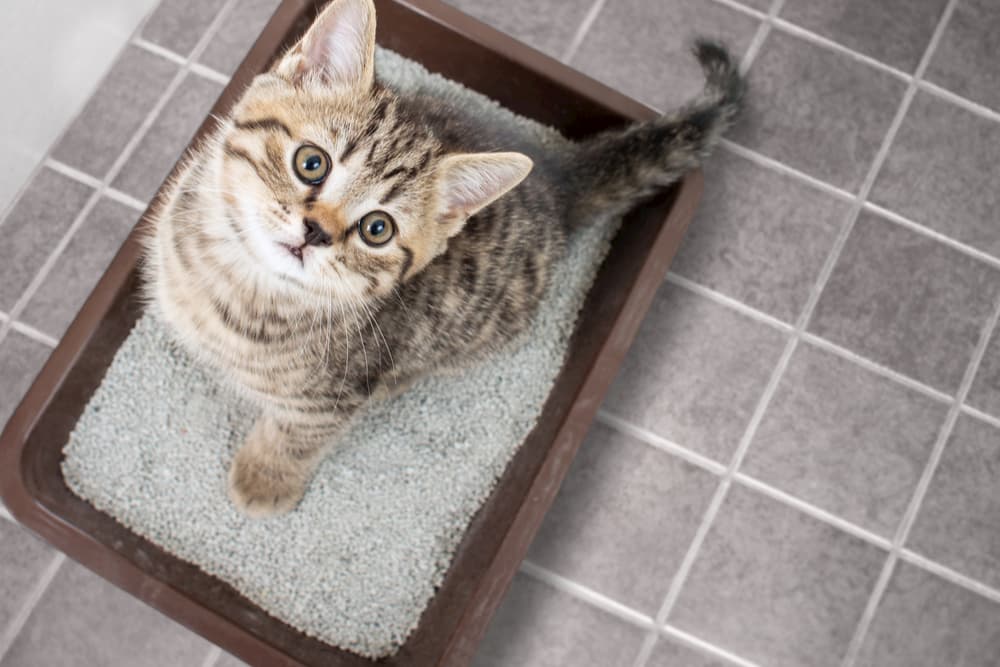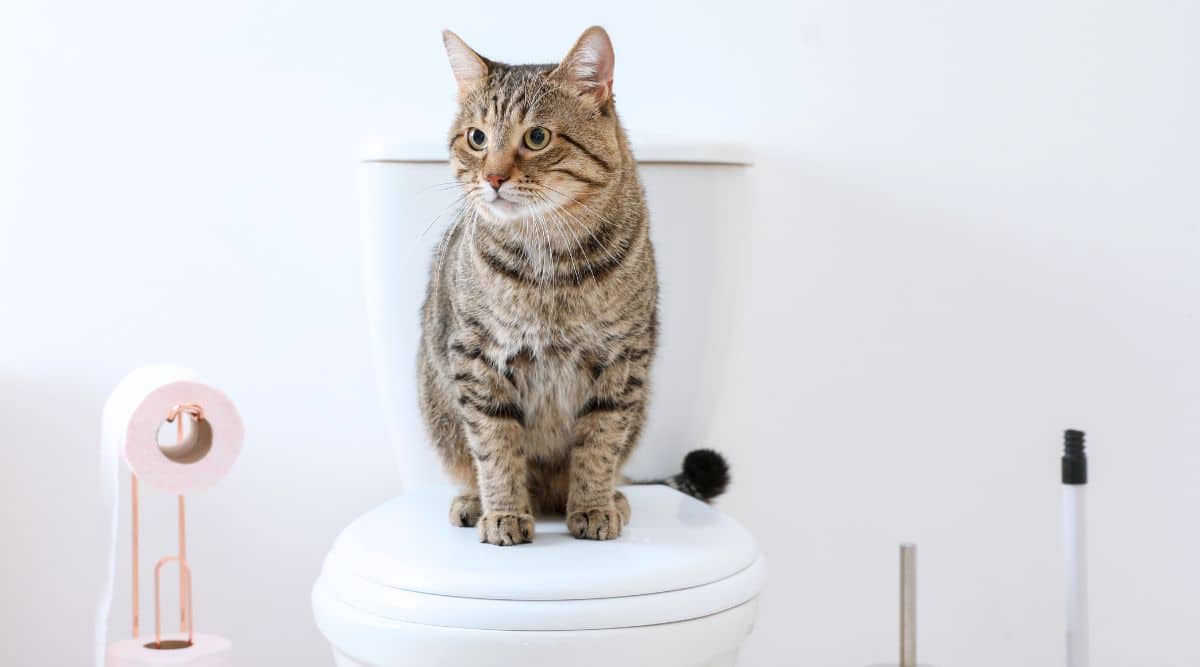Do you find yourself interested in details around Don’t flush cat feces down the toilet?

Introduction
As feline proprietors, it's necessary to bear in mind exactly how we take care of our feline pals' waste. While it might seem convenient to purge feline poop down the bathroom, this method can have damaging consequences for both the setting and human wellness.
Ecological Impact
Purging pet cat poop introduces hazardous pathogens and parasites into the water, presenting a substantial risk to water ecosystems. These contaminants can negatively impact marine life and concession water quality.
Health Risks
Along with ecological problems, purging feline waste can likewise posture health risks to human beings. Pet cat feces may contain Toxoplasma gondii, a parasite that can create toxoplasmosis-- a possibly extreme illness, specifically for expecting ladies and individuals with weakened immune systems.
Alternatives to Flushing
Fortunately, there are safer and a lot more accountable ways to take care of pet cat poop. Consider the adhering to options:
1. Scoop and Dispose in Trash
The most usual method of dealing with pet cat poop is to scoop it into a biodegradable bag and throw it in the trash. Make sure to use a devoted trash inside story and dispose of the waste without delay.
2. Use Biodegradable Litter
Select naturally degradable cat clutter made from materials such as corn or wheat. These trashes are eco-friendly and can be safely gotten rid of in the trash.
3. Hide in the Yard
If you have a lawn, take into consideration burying cat waste in an assigned area away from vegetable yards and water resources. Make certain to dig deep adequate to prevent contamination of groundwater.
4. Set Up a Pet Waste Disposal System
Invest in a pet garbage disposal system especially designed for cat waste. These systems utilize enzymes to break down the waste, lowering odor and ecological impact.
Conclusion
Liable family pet ownership extends past supplying food and sanctuary-- it likewise entails correct waste monitoring. By refraining from purging pet cat poop down the toilet and selecting different disposal approaches, we can reduce our ecological footprint and secure human health.
Why Can’t I Flush Cat Poop?
It Spreads a Parasite
Cats are frequently infected with a parasite called toxoplasma gondii. The parasite causes an infection called toxoplasmosis. It is usually harmless to cats. The parasite only uses cat poop as a host for its eggs. Otherwise, the cat’s immune system usually keeps the infection at low enough levels to maintain its own health. But it does not stop the develop of eggs. These eggs are tiny and surprisingly tough. They may survive for a year before they begin to grow. But that’s the problem.
Our wastewater system is not designed to deal with toxoplasmosis eggs. Instead, most eggs will flush from your toilet into sewers and wastewater management plants. After the sewage is treated for many other harmful things in it, it is typically released into local rivers, lakes, or oceans. Here, the toxoplasmosis eggs can find new hosts, including starfish, crabs, otters, and many other wildlife. For many, this is a significant risk to their health. Toxoplasmosis can also end up infecting water sources that are important for agriculture, which means our deer, pigs, and sheep can get infected too.
Is There Risk to Humans?
There can be a risk to human life from flushing cat poop down the toilet. If you do so, the parasites from your cat’s poop can end up in shellfish, game animals, or livestock. If this meat is then served raw or undercooked, the people who eat it can get sick.
In fact, according to the CDC, 40 million people in the United States are infected with toxoplasma gondii. They get it from exposure to infected seafood, or from some kind of cat poop contamination, like drinking from a stream that is contaminated or touching anything that has come into contact with cat poop. That includes just cleaning a cat litter box.
Most people who get infected with these parasites will not develop any symptoms. However, for pregnant women or for those with compromised immune systems, the parasite can cause severe health problems.
How to Handle Cat Poop
The best way to handle cat poop is actually to clean the box more often. The eggs that the parasite sheds will not become active until one to five days after the cat poops. That means that if you clean daily, you’re much less likely to come into direct contact with infectious eggs.
That said, always dispose of cat poop in the garbage and not down the toilet. Wash your hands before and after you clean the litter box, and bring the bag of poop right outside to your garbage bins.
https://trenchlesssolutionsusa.com/why-cant-i-flush-cat-poop/

I was made aware of that write-up on Can You Flush Cat Poop Down The Toilet? from an acquaintance on our other domain. In case you appreciated our page if you please make sure you remember to pass it around. Thank-you for taking the time to read it.
Learn More
Comments on “Dangers of Flushing Cat Poop Down Your Toilet - Avoid Possible Problems”